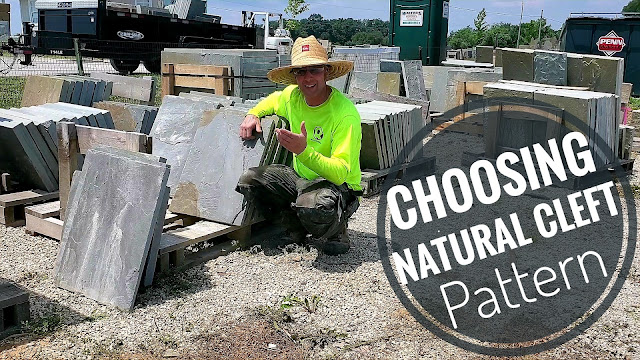Watch the video to learn more.
https://youtu.be/0eS3AUutMFE
Tools and supplies used in this video.
------------------------------------------------------
- NEW Grabo Pro Electric Vacuum Suction Cup Lifter
https://amzn.to/3iG1Ep2
- Grabo Suction Cup Tool Check it out - https://youtu.be/PzBmGJv410w
https://amzn.to/2MtX94m
- Safety Glasses Infinity Blue Lens (12 Pair Pack)
https://amzn.to/2Jowe92
- SHOWA Atlas Fit 300 Rubber-Coated Gloves, All Sizes, Gray/Blue (12 Pair)
https://amzn.to/3aGJt00
Rockin Walls YouTube Channel is a participant in the Amazon Services LLC Associates Program, an affiliate advertising program designed to provide a means for sites to earn advertising fees by advertising and linking to Amazon.com FTC Disclosure Statement: Some links on this youtube channel may be affiliate links. We may get paid if you buy something or take an action after clicking one of these.




